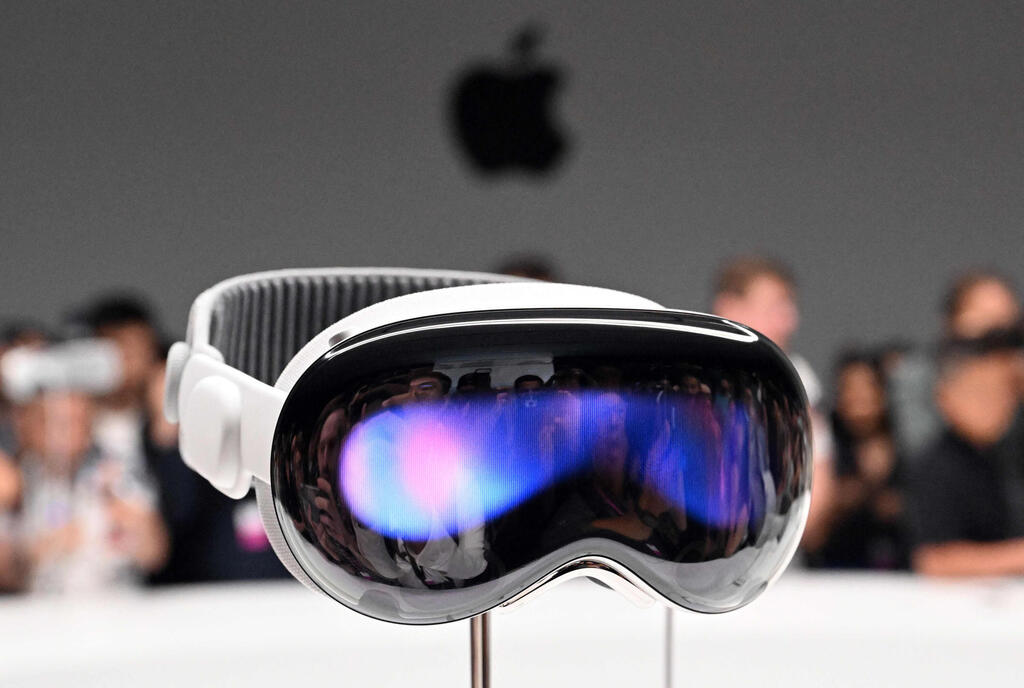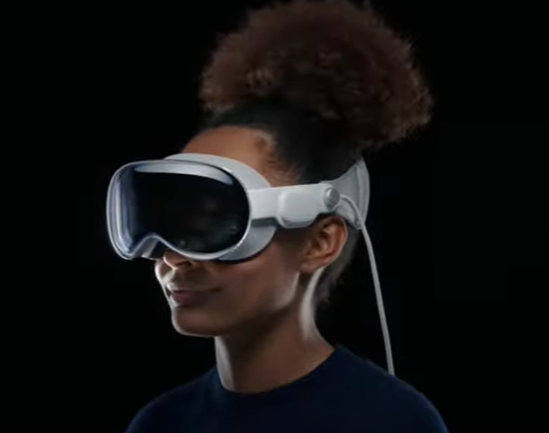Apple's unveiling of its groundbreaking Vision Pro headset marks a momentous milestone, comparable in significance to the historic debut of the iPhone in 2007.
Other stories:
For the technology behemoth, this signals the dawn of a transformative computing era, on par with the advent of personal computers and smartphones. Despite its potential, the journey for this headset to achieve widespread adoption will likely be a protracted affair.
Redefining the limits of pricing, the Vision Pro stands at the pinnacle of the market with a staggering $3,499, a hefty $2,500 above Meta's closest competitor. This exorbitant price tag positions the headset as a coveted status symbol, attainable solely by devoted and affluent Apple enthusiasts and app developers.
In addition, Apple's meticulous design efforts have resulted in a visually stunning headset that surpasses any rival product. The incorporation of eye movements and hand gestures as control mechanisms eliminates the need for clunky remote controls, adding to its appeal.
However, the comfort aspect poses a challenge, as wearing a device of this magnitude and weight on one's face for extended periods may prove cumbersome.
Furthermore, the attention-grabbing nature of the headset raises uncertainties about whether individuals would willingly venture out with such a conspicuous device, an aspect that Apple did not touch upon during the launch event, possibly for safety considerations.
To enhance convenience and minimize weight, Apple incorporated an external battery that connects to the device via a cable. However, this arrangement necessitates carrying the battery separately, either in a pocket or an alternative location, which can be quite cumbersome.
Additionally, concerning the battery life, it only provides a mere two hours of usage before requiring a recharge.
The absence of a compelling "killer app" poses another challenge. Apple showcased various intriguing use cases during the unveiling, such as multitasking across multiple screens, immersive 3D movie experiences, and mindfulness exercises with 3D objects.
However, it's still uncertain whether any of these applications will truly propel Vision Pro into mainstream success.
Taking these challenges into account, Apple has acknowledged the issues at hand. According to reports, the company has set modest targets and intends to manufacture fewer than a million units of the Vision Pro this year.
In comparison, Apple sold over 200 million iPhones last year. This launch should be viewed as an initial stride, paving the way for future devices that will be more affordable and compact, catering to a wide audience rather than a more narrowly-defined subset of gung-ho Apple loyalists.
Apple's current focus is on engaging the developer community to create apps for its headset. The success of the iPhone was largely attributed to the App Store, and Apple aims to replicate that triumph with the Vision Pro.
To achieve this, the company strategically unveiled the headset during its annual developer conference WWDC which attracts developers worldwide to its Cupertino headquarters.
By aligning the announcement with this event, Apple aims to foster enthusiasm among developers and pave the way for a thriving ecosystem of apps for Vision Pro. Perhaps, someday in the future, it will be the kind of store that generates revenue to rival its traditional app store.
The timing of Apple's announcement is noteworthy, as it marks its entry into the augmented reality (AR) market amid a period of decline. Research firm IDC predicts a 21% decline in virtual reality (VR) headset sales in 2023.
The massive buzz around the Metaverse, which reached its peak when Facebook rebranded as Meta in late 2021, has dwindled and given way to a sense of urgency around artificial intelligence (AI) developments, although Apple CEO Tim Cook is not one to explicitly mention the term "Metaverse."
When it comes to shifting trends, Apple is the company that possesses the capability. With its sleek product designs and remarkable marketing prowess, Apple excels at generating consumer enthusiasm and is an industry luminary.
It holds the transformative power to redefine entire product categories, as evidenced by the iPhone, iPad, Apple Watch, and AirPods. In the months ahead, we can expect numerous augmented reality-related announcements, possibly even from companies that previously showed minimal interest in the field.
Amid the unveiling of this headset, a recurring question arises: "What practical purpose does it serve?"
Undoubtedly, a crucial inquiry, yet it's worth recalling that when Apple first introduced the iPhone in 2007, many have asked the same question. What followed was a monumental revolution in computing, profoundly impacting our lives in ways difficult to quantify.
Our dependency on computers and smartphones as primary computing platforms has ingrained a certain mindset, making it challenging to envision alternative forms. However, it is essential to recognize that smart headsets have the potential to address the limitations of current devices while unlocking new and unforeseen possibilities.
Hence, while the headset presented may not be an outright successor to the iPhone, it will likely serve as the first step of a worthy journey.





